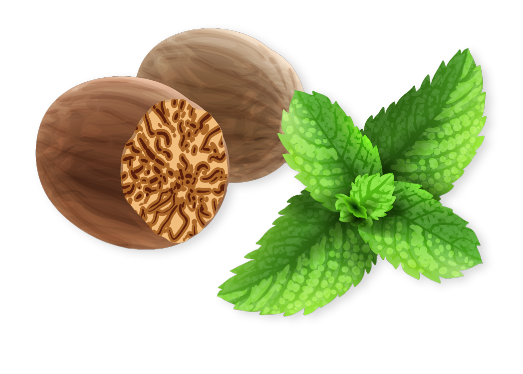Is Fistula Painful?
Tuesday, April 22, 2025Yes, a fistula can be painful — especially when it becomes infected or inflamed. Most commonly, the term refers to an anal fistula, which is a small tunnel that forms between the anal canal and the skin near the anus. Pain is often the most noticeable and persistent symptom, making it a key reason people seek medical help.
Why Does a Fistula Hurt?
The pain from a fistula is typically due to:
- Ongoing infection inside the tunnel, leading to swelling and tenderness.
- Pus or discharge buildup that creates pressure in the surrounding tissue.
- Irritation of skin due to constant leakage from the external opening.
- An associated abscess, which may cause throbbing pain and fever.
The pain tends to worsen during specific situations like:
- Sitting for long periods
- Passing stools, especially if constipated
- Walking or activities that put pressure on the area
- Poor hygiene, which can lead to further infection
Symptoms That Accompany Pain
Pain rarely appears in isolation. It is usually accompanied by other signs that indicate the presence of a fistula:
- Redness and swelling around the anus
- Constant wetness or pus-like discharge from an opening near the anus
- Itching or burning sensation
- Fever or chills (if infection worsens)
Does the Pain Level Vary?
Yes. The type and complexity of the fistula often determine how intense the pain is. A simple, superficial fistula may cause only mild irritation, while a deep or branched fistula can lead to severe, persistent pain.
| Fistula Type | Pain Level | Remarks |
| Low-level (superficial) | Mild to moderate | Occasional pain, especially when sitting |
| High-level (deep tracts) | Moderate to severe | Continuous discomfort and throbbing pain |
| Infected fistula/abscess | Severe | Pain is sharp, constant, and worsens over time |
Can the Pain Be Mistaken for Something Else?
Yes. Many people initially confuse the pain from a fistula with that of piles (hemorrhoids), fissures, or skin infections. However, unlike piles, fistula pain often persists even without bowel movements and is usually accompanied by discharge.
Does Fistula Pain Go Away on Its Own?
Rarely. While the pain might reduce temporarily if the pus drains spontaneously, the underlying issue doesn’t resolve without medical intervention. The tract remains and may refill with infection, leading to recurring pain and discomfort.
Managing the Pain
Pain relief alone is not a cure, but it helps improve daily comfort. Common measures include:
- Warm sitz baths to soothe the area
- Topical numbing creams (on doctor’s advice)
- Anti-inflammatory medicines
- Soft, high-fiber diet to ease bowel movements
- Avoiding sitting for long durations
Fistulas are almost always painful to some degree. The pain may range from mild irritation to intense throbbing depending on the location, depth, and infection status of the tract. Ignoring the pain or trying to manage it with home remedies can lead to complications, so timely diagnosis and treatment are essential.
One well-regarded approach for treating fistula-in-ano in the Ayurvedic tradition is the Kshara Sutra therapy. This involves the use of a medicated thread inserted into the tract, which promotes gradual healing by chemically cauterizing the infected tissue. The thread is typically replaced weekly until the tract is fully resolved. At Sanjeevanam, this treatment is often supported with dietary recommendations, herbal remedies to reduce inflammation, and lifestyle practices that improve digestion and overall healing.
You can write to us.
BOOK APPOINTMENT



























